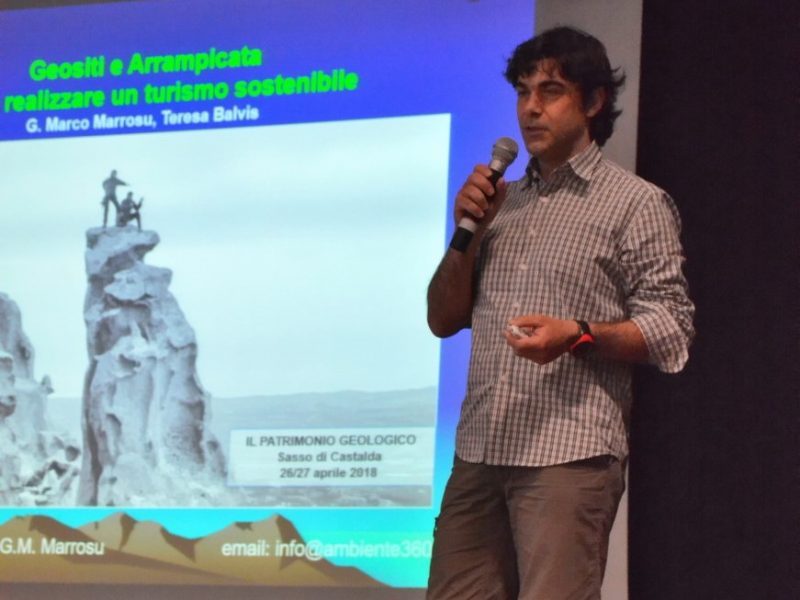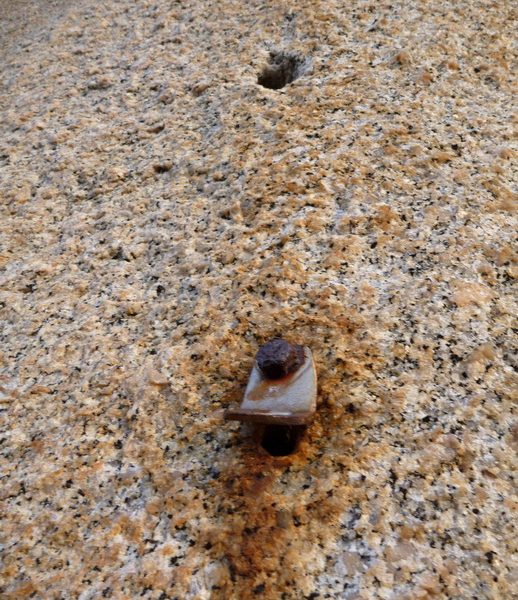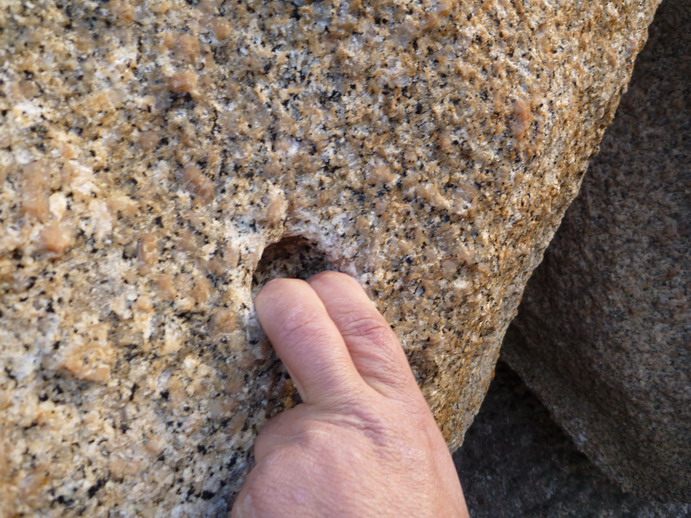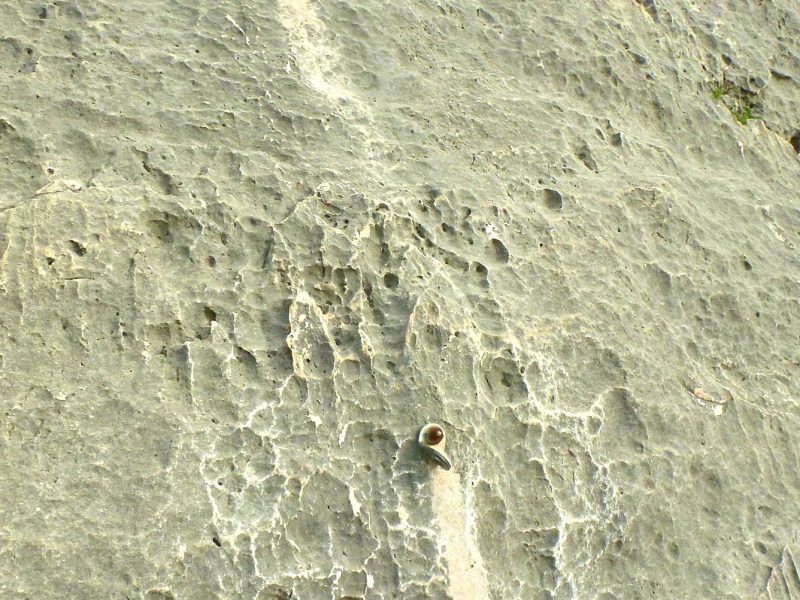At SIGEA Convention “Geological Heritage in Basilicata Dr. G. Marco Marrosu and Dr. Teresa Balvis presented: from basic study to sustainable geotourism”, a new method for assessing the environmental impact generated by climbing activities .
The conference was organized on 26/27 April 2018 in Sasso di Castalda by the Italian Society of Environmental Geology (SIGEA), whose aims are to promote the progress, enhancement and dissemination of Environmental Geology and to stimulate coordination and interdisciplinary collaboration in the cognitive and application activities aimed at environmental protection.
Enhancing the geological heritage means contributing to creating the conditions for sustainable development in the context of environmental tourism, also encouraging the spread of geotourism.
The large availability of outcropping rock and the recent boom in outdoor recreational tourism in Sardinia over the last twenty years, have led to the promotion of climbing activities and the creation of sports facilities aimed at the use of the rocky areas of the territory.
Many of these sport facilities have been built mostly on a voluntary basis, often based on private funding and work on rock natural structures, such as geosites or landscape-relevant areas. In 2017 and 2018, some Environmentalist Associations and Environmental Police Bodies revealed the existence of the common practice of inserting permanent installations on the walls with the drill to practice climbing activities, without any proper authorization.
While recognizing the importance of mountaineering activities for personal growth and the approach to Nature, the same Italian Alpine Club admits that the practice of climbing does not exempt from causing any environmental impact and believes that via ferrata and equipped paths can cause serious damage to the environment and mountains and that using artificial means for climbing, for example piercing the rock, must be avoided or limited (Bidecalogo CAI 20/4/2013).
Recent developments within I.U.C.N. towards the adoption of an approach that includes the broader values of geodiversity and the position taken by the European Community through the “Habitat” Directives 92/43 / EC, “Birds” 2009/147 / EC and “Waters” 2000/60 / EC, highlight that uncontrolled climbing sports on the walls can threaten biodiversity.
In the attempt to find a solution to this problem, Dr. G. Marco Marrosu and Dr. Teresa Balvis have developed a new method that allows the planning, management and evaluation of the impact of these sports facilities on geological heritage. A useful tool for municipalities and organizations to plan sustainable tourism and the balanced management of an activity that can become aggressive towards species, habitats and protected reserves. The work could only be presented in the Sustainable Geotourism Session, in such a way as to underline not only the importance of protecting a geographical site and its habitat, but also to enhance and support the economic growth of a territory.










